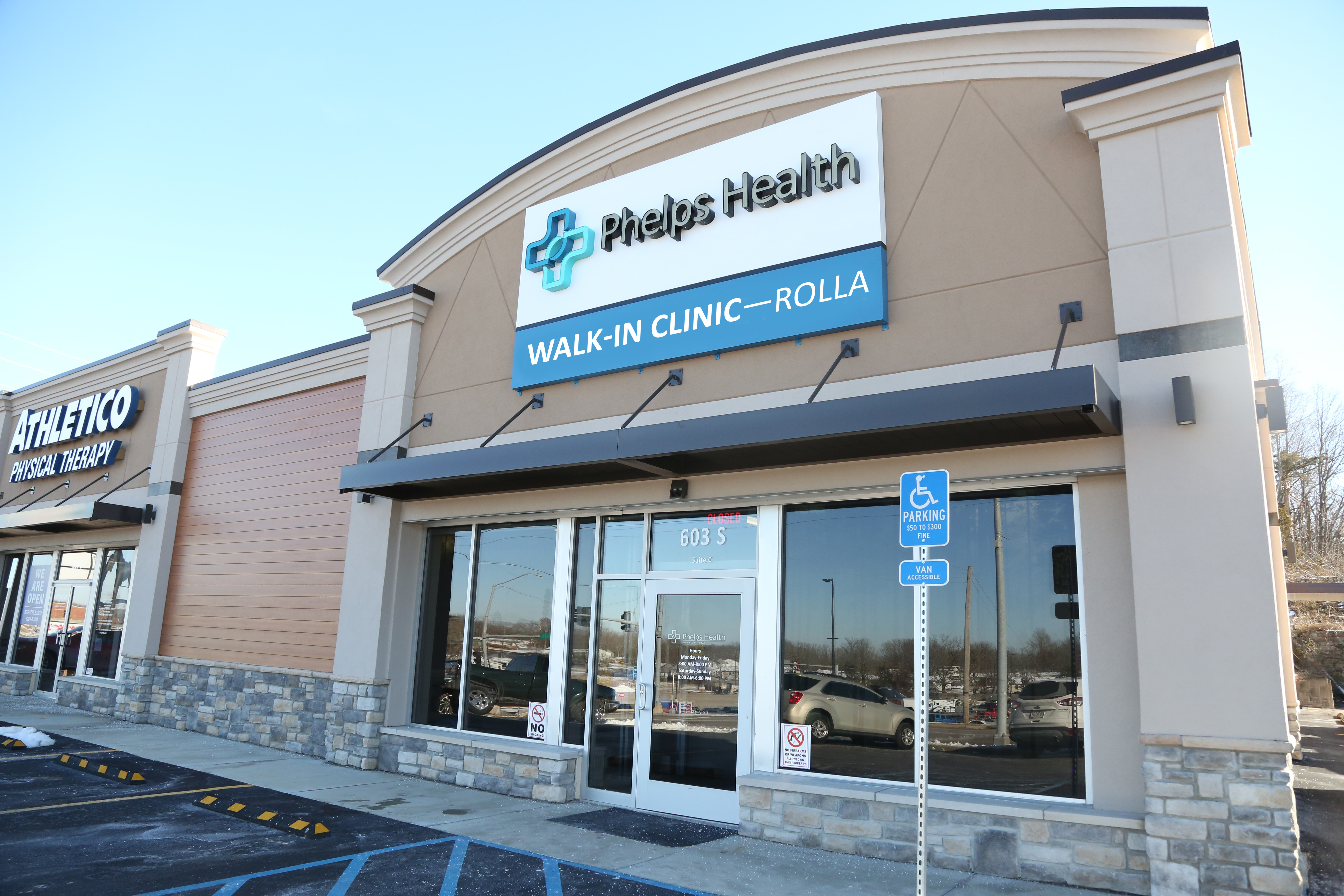The Ultimate Guide to Understanding Urgent Care Clinics
The Ultimate Guide to Understanding Urgent Care Clinics
Blog Article
Understanding the Role of Urgent Care in Providing Timely Therapy for Non-Life-Threatening Problems
Urgent treatment facilities have arised as a vital element of the healthcare landscape, resolving the immediate demands of individuals with non-life-threatening problems. Comprehending the nuances of immediate care might considerably influence client results and the overall effectiveness of medical care delivery.
What Is Urgent Care?
Immediate treatment describes a classification of clinical solutions developed to attend to non-life-threatening problems that need prompt focus. These centers act as an intermediary between medical care doctors and emergency clinic, offering a hassle-free option for individuals that require prompt care without the extensive waiting times commonly connected with emergency situation divisions.
Immediate treatment centers are normally staffed by doctor, including physicians, nurse specialists, and medical professional aides, that are educated to detect and deal with a vast variety of conditions. Typical solutions given by these facilities include therapy for small injuries, illnesses, and infections, as well as diagnostic tests such as X-rays and lab work.
The access of immediate care is a crucial consider its appeal, as several centers operate beyond routine workplace hours, including evenings and weekend breaks. This extended schedule enables clients to receive timely care when their medical care carrier may not be easily accessible. In addition, urgent care facilities typically approve walk-in individuals, eliminating the need for appointments. Overall, urgent treatment plays an important duty in the health care system, making certain individuals can access important clinical services quickly and successfully.

Numerous people may find themselves unclear regarding when to look for care at an immediate care facility as opposed to a key care physician or an emergency situation space. Immediate care is created to attend to non-life-threatening conditions that need prompt interest yet are not severe enough to call for an emergency clinic see.
Typically, one must consider immediate look after concerns such as minor fractures, strains, cuts calling for stitches, or infections like urinary system tract infections. In addition, cool or flu signs, breakouts, and sensitive reactions can likewise be suitably managed in this setting.
It is essential to note that urgent care is not ideal for deadly emergency situations, such as upper body discomfort, difficulty breathing, or serious blood loss, which require prompt emergency clinic treatment.
Individuals that do not have access to a health care doctor or can not protect a prompt appointment may likewise gain from immediate treatment solutions. Ultimately, comprehending when to use immediate treatment can bring about more reliable medical care delivery, enabling clients to get the ideal level of treatment based upon their details health demands.
Benefits of Urgent Care Centers
Selecting urgent treatment centers for non-life-threatening problems uses a number of advantages that improve client experience and access. One key benefit is the decreased delay times contrasted to standard emergency situation spaces. Immediate treatment centers commonly operate a first-come, first-served basis, enabling individuals to receive prompt clinical focus without the long delays often connected with hospital settings.
In addition, immediate care facilities give prolonged hours, including evenings and weekend breaks, accommodating people with varying routines. This flexibility ensures that people can seek treatment when it is most practical for them, additionally promoting timely treatment.

In addition, these facilities frequently offer a thorough array of services, including minor treatments and analysis tests, all under one roofing system. This consolidation of services not just improves the client experience however likewise fosters an extra cohesive approach to taking care of non-life-threatening health and wellness issues, ultimately profiting general person results.
Usual Conditions Dealt With
At urgent treatment centers, a range of non-life-threatening problems can be efficiently dealt with, providing patients with obtainable and prompt medical help. These centers are particularly skilled at addressing problems that need punctual attention however do not posture an immediate risk to life or arm or leg.
Typical conditions treated at urgent care centers consist of small injuries such as strains, pressures, and cracks. Urgent treatment facilities are furnished to do needed diagnostic tests, such as X-rays and research laboratory examinations, allowing them to give detailed care.
Moreover, urgent treatment service providers can administer inoculations, aiding to protect against the spread of contagious illness - Urgent Care. They also supply services for small treatments, such as suturing injuries or draining abscesses. By offering these varied services, immediate care facilities play a crucial duty in linking the gap in between health care and emergency services, making certain people get prompt treatment for a large range of conditions without the demand for long haul times commonly associated with emergency clinic
Just How Urgent Care Sustains Healthcare System
Urgent care centers play a crucial function in sustaining the overall medical care system by reducing the burden on emergency situation departments and supplying prompt access to clinical treatment for non-life-threatening conditions. By taking care of instances such as minor injuries, infections, and illnesses, urgent treatment centers allow emergency situation divisions to focus on more essential patients requiring instant focus.
Moreover, immediate care centers boost medical care ease of access, supplying extensive hours and a more practical alternative to standard health care setups. This accessibility is particularly helpful for people who may not have a normal doctor or who require instant therapy outside of normal workplace hours. Consequently, immediate treatment facilities properly minimize boost and wait times patient complete satisfaction.
Furthermore, urgent care facilities add to set you back savings for both clients and the health care system by offering lower-cost services compared to emergency divisions. This financial effectiveness is vital in a period of increasing health care expenses, allowing patients to receive necessary treatment without sustaining exorbitant expenses.
Verdict
To conclude, urgent care facilities play an essential function in the health care system by delivering prompt therapy for non-life-threatening problems. By linking the space between health care and emergency clinic, these centers make sure that individuals get timely clinical attention without the extensive delay times normally connected with emergency situation departments. The accessibility and efficiency of immediate care facilities add dramatically to relieving the general burden on medical care resources, boosting individual results, and promoting an extra effective medical care delivery system.
Immediate care facilities have arised as a crucial component of the health care landscape, addressing the instant needs of individuals with non-life-threatening conditions. Urgent care visits generally incur reduced out-of-pocket expenses contrasted to next emergency situation department visits, making care extra affordable for individuals without compromising high quality. Urgent treatment my website facilities are geared up to do necessary diagnostic tests, such as X-rays and research laboratory tests, allowing them to give extensive treatment.
By offering these diverse services, urgent treatment facilities play an important role in linking the void between primary care and emergency situation solutions, ensuring clients get prompt therapy for a vast range of conditions without the requirement for long delay times commonly connected with emergency situation rooms.
In addition, urgent treatment centers boost healthcare availability, using prolonged hours and an extra practical alternative to standard key treatment setups.
Report this page